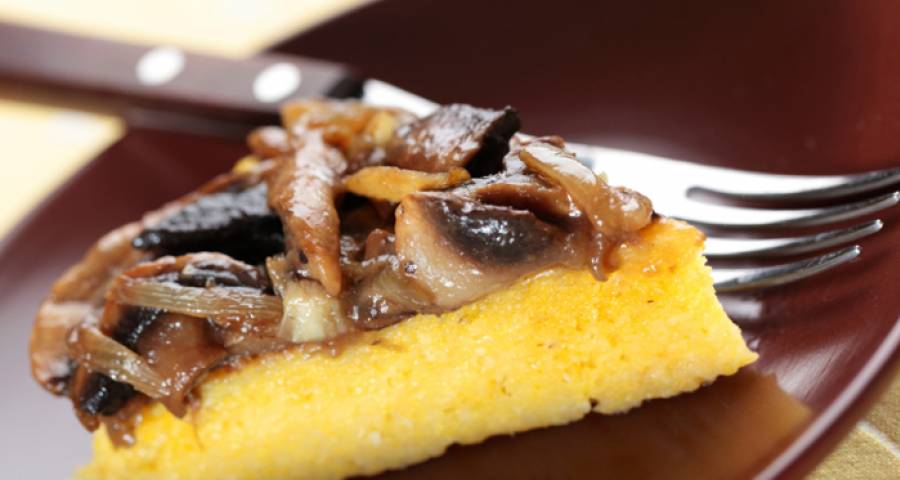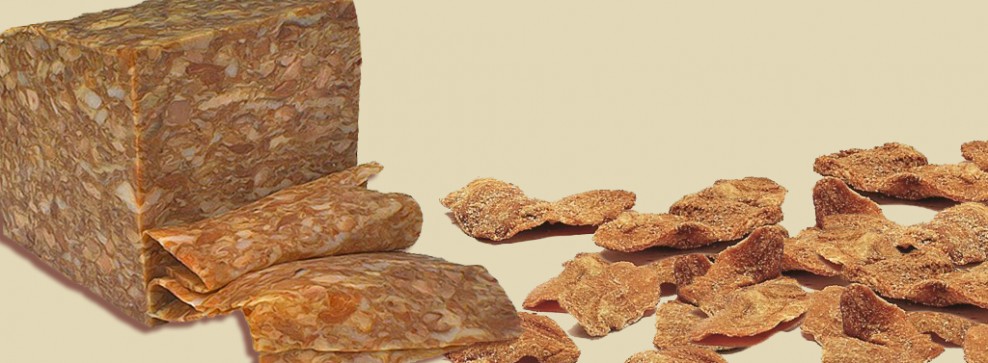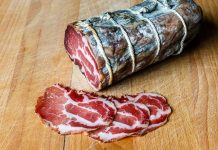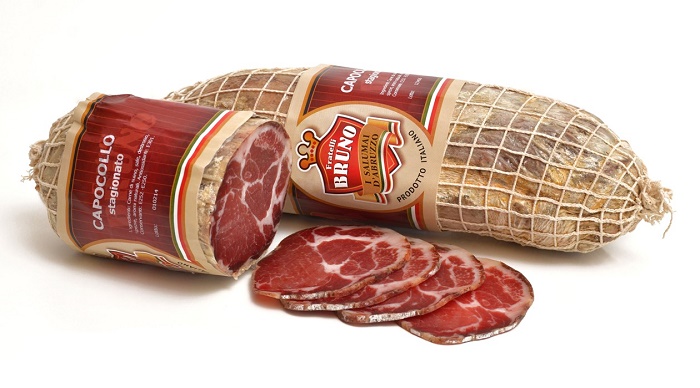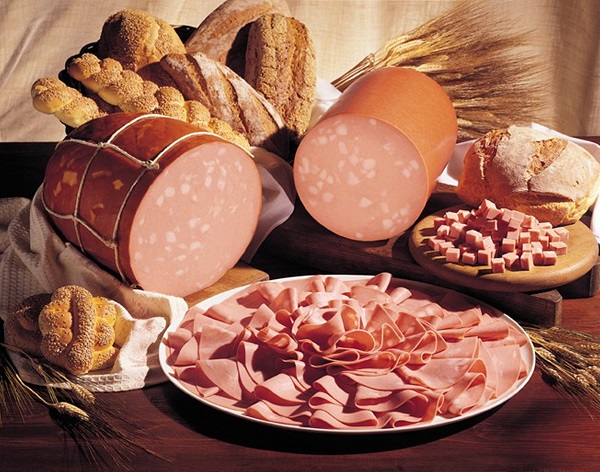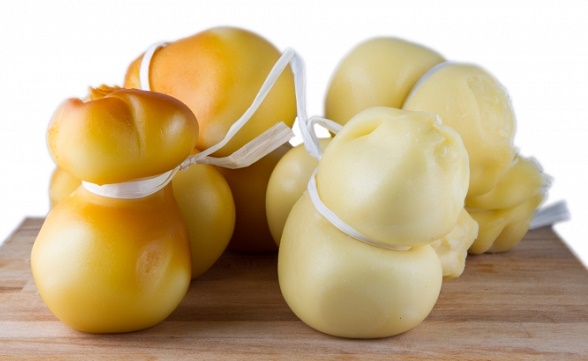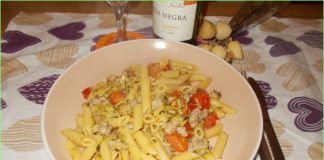Description
The Ciccioli (Italian Cracklings pork) are a specialty of preserved pork, with a notable fat and in turn calories. This food is obtained from the remainder of the fatty tissue used previously for making lard, which comes from the hard part of the back of the pig or from other fats.
The Ciccioli present in Italy, are called by different names according to the regions, for example in the Piedmont are called “grasette”, in Emilia Romagna “grasul”, in Piacenza “grasò” and in the Reggiano “cicioli or graso”, while in the Ferrarese “Greppole”, in Bresciano “grasooli” and in Modena area “sfrizzoli”.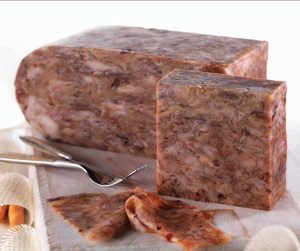
In central Italy, the names used are different: “siccioli”, “lardinzi”, “frittole”, “sprittoli”, and “scittole”. As we saw the terms to indicate this meat are different and many more.
The preparation of the Ciccioli therefore takes place simultaneously with that of the lard and is initially produced by separating the rind from the adipose side and finally cutting it into small cubes.
Once this phase is over, we proceed to the cooking, which serves to eliminate the water from the adipose tissue, thus dissolving the fats, which are basically saturated.
Once cooked, these fats in liquid form, are drained in special containers and then cooled for lard.
What remains of the solid portion is squeezed by hand and then salted and flavored to varying degrees, to then make the Ciccioli.
The final step is the pressing, which is done using the appropriate cloths where they are put the Ciccioli and then placed in a press, and in more traditional methods, between two wooden boards, or metal ones, which are joined by tie rods.
After the pressing, the Ciccioli take the form of a single block that can be easily decomposed by heat.
In ancient times, the old butchers and even the peasants, who were not satisfied with the classic home-made press, placed the boards on the ground further to park the wheels of the agricultural vehicles on them.
Nutritional values
As we introduced, the Ciccioli are derived from the fatty tissue “adipose” of the pig.
Although the production process employs the extraction of fat tissue, this food remains very rich in lipids, therefore very caloric and not suitable for normal consumption or for low-calorie food in general.
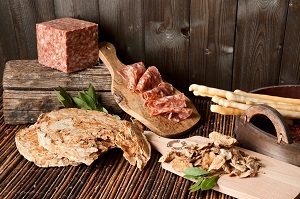 We therefore remember that Ciccioli are not recommended for overweight people and for those suffering from serious problems related to obesity, and also in the common diet against hypercholesterolemia.
We therefore remember that Ciccioli are not recommended for overweight people and for those suffering from serious problems related to obesity, and also in the common diet against hypercholesterolemia.
Although there is no detailed information regarding the fatty acids content of the Ciccioli, it is possible to hypothesize that the lipid part is mainly composed of the saturated part, and that the cholesterol present is very high.
If we talk about proteins, we can say that this food has a considerable amount, high biological value, but this is not sufficient to justify excessive consumption.
As regards the presence of phosphorus and iron, the content occupies a relevant place, while the vitamins, do not miss thiamin, or vitamin B1, riboflavin, vitamin B12 and niacin vitamin PP.
Use in the kitchen
The ciccioli, as well as many other cured meats, are eaten mainly raw, accompanied with fresh bread.
However, Italy has numerous recipes made with this product and the most common is polenta.
For the polenta with Ciccioli, the ingredients you need are: cornmeal, ciccioli, onion, whole milk, water for cooking polenta, parmesan, butter and salt.
Method: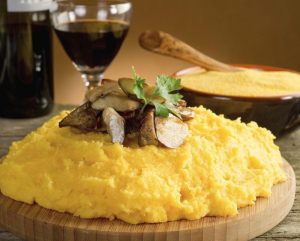
Start the recipe by preparing the unprepared polenta, following the process of preparing the classic one, half cooked, add the whole milk and a butter knob. Meanwhile, when the polenta is cooking, brown the finely the chopped onion in a frying pan with another knob of butter and then add the Ciccioli to allow them to soften.
Add the sauce that is obtained from the polenta and then pour it on a medium sized board and let it cool.
Once the polenta has solidified, sprinkle with grated Parmesan and accompany the dish of good fruity red wine for those who want to use it.
We did not mention the quantity of doses, because this dish belongs to the diet that was considered poor, made by the peasant housewives, who most likely never bothered to weigh the food.
You can propose this recipe on the table, for a dinner with friends, or as an appetizer in small doses, accompanying it with seasonal vegetables or vegetables.
In the city of Naples, a version of this food is very common, where the pressed pork remains soft with the presence of different parts of lean meat and can be found on the market sold on the shelves of the sliced and is consumed as a dish.
